Home>Furniture>Outdoor Furniture>How To Plant Patio Tomatoes
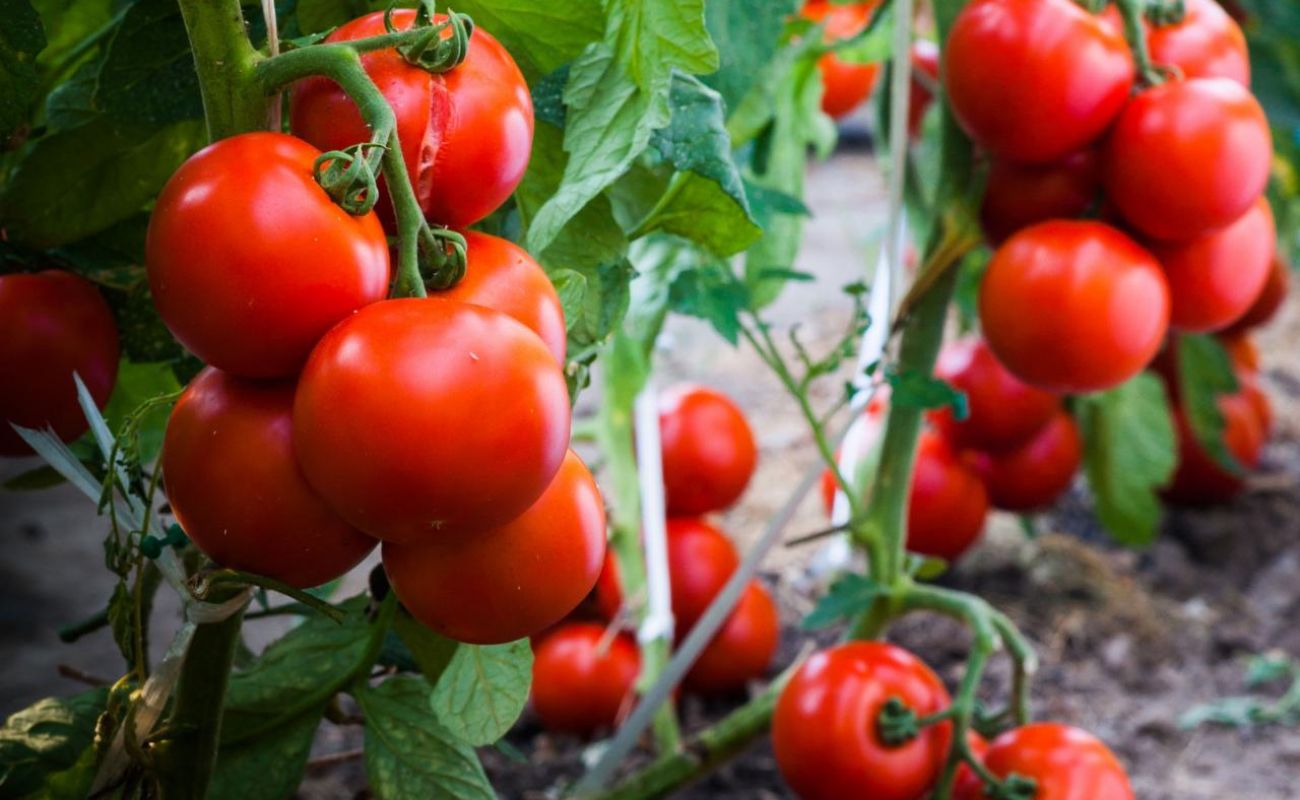

Outdoor Furniture
How To Plant Patio Tomatoes
Modified: October 20, 2024
Learn how to plant patio tomatoes and create an outdoor oasis with our wide selection of outdoor furniture. Transform your space today!
(Many of the links in this article redirect to a specific reviewed product. Your purchase of these products through affiliate links helps to generate commission for Storables.com, at no extra cost. Learn more)
Introduction
Welcome to the world of patio tomatoes! If you yearn for homegrown tomatoes but lack the space for a traditional garden, fear not. Patio tomatoes are the perfect solution to bring the joy of gardening to your small outdoor space. These compact and versatile plants are specifically bred to thrive in containers, making them an ideal choice for patios, balconies, and even urban rooftops.
Not only do patio tomatoes provide a bountiful harvest of tasty fruits, but they also add a vibrant touch to your outdoor decor. Their lush green foliage, adorned with clusters of juicy tomatoes, can transform even the tiniest corner of your patio into a thriving garden paradise. Plus, growing your own patio tomatoes allows you to control the growing conditions and ensure that your fruits are free from pesticides and other harmful chemicals.
Whether you’re a seasoned gardener or a beginner, this comprehensive guide will show you how to successfully grow and enjoy patio tomatoes. From choosing the right tomato variety to providing proper care and maintenance, we’ll cover it all. So grab your gardening gloves and let’s dig in!
Key Takeaways:
- Enjoy growing patio tomatoes in small spaces with the right variety, container, and care. Harvest ripe tomatoes for fresh, flavorful dishes and relish the joy of homegrown produce.
- Provide consistent care, proper watering, and protection from pests to nurture healthy patio tomato plants. Harvest ripe tomatoes for delicious culinary creations and enjoy the fruits of your labor.
Read more: How To Plant Tomatoes From Seeds
Choosing the Right Tomato Variety
When it comes to patio tomatoes, selecting the right variety is crucial for a successful harvest. There are numerous tomato varieties specifically bred for container gardening, each offering its own unique flavor, size, and growth habit. Here are a few factors to consider when choosing the right tomato variety for your patio:
- Determinate vs. Indeterminate: Determinate varieties are compact and bushy, reaching a predetermined height and producing their fruit all at once. This makes them ideal for smaller containers and gardeners looking for a concentrated harvest. Indeterminate varieties, on the other hand, are vigorous climbers that continue to grow and produce fruit until frost. These are better suited for larger containers and gardeners who prefer a continuous harvest throughout the season.
- Size: Consider the size of the mature plant and the container you’ll be using. Look for compact or dwarf varieties that won’t outgrow your container space. Some popular patio tomato varieties include ‘Patio Princess,’ ‘Tiny Tim,’ and ‘Tumbling Tom.’
- Taste: Tomato flavors can vary greatly, from sweet and tangy to rich and earthy. Consider your personal preference and the intended use of the tomatoes. Cherry tomatoes are perfect for snacking and salads, while larger varieties like ‘Celebrity’ or ‘Better Boy’ are great for slicing and sandwiches.
- Disease Resistance: Look for varieties that are resistant to common tomato diseases such as blight, wilt, and nematodes. This will ensure a healthier and more productive plant. Disease-resistant varieties often have it indicated on the seed packet or plant label.
Take some time to research and explore the various tomato varieties available. Consider your space, taste preferences, and gardening goals to make an informed decision. Don’t hesitate to experiment with different varieties each season to discover new favorites.
Selecting the Perfect Patio Container
Once you’ve chosen the right tomato variety, the next step is to select a suitable container for your patio tomatoes. The container you choose plays a significant role in the overall success of your plants. Here are a few key factors to consider when selecting a patio container:
- Size: Patio tomatoes perform best in containers that provide ample root space. A container with a minimum diameter of 12 inches and depth of 10-12 inches is generally sufficient for most patio tomato varieties. If you have the space and want to maximize yield, opt for larger containers to accommodate the plant’s root system.
- Material: Container materials can vary, including plastic, terracotta, ceramic, or fabric pots. Plastic containers are lightweight, affordable, and retain moisture well. Terracotta and ceramic pots are visually appealing but can dry out quickly and are more susceptible to cracking in freezing temperatures. Fabric pots provide better drainage and air circulation for the roots.
- Drainage: Proper drainage is essential for the health of patio tomatoes. Choose a container with drainage holes at the bottom to prevent waterlogging, which can lead to root rot. If your desired container lacks drainage holes, you can drill some yourself to ensure proper drainage.
- Mobility: Consider the mobility of your container when selecting one. If you have limited space or need to move the plants around for sun exposure, choose containers with built-in wheels or lightweight materials for easier maneuverability.
Remember to assess the specific needs of your chosen tomato variety when selecting a container. Some varieties may require deeper or wider containers, while others may tolerate more compact spaces. Additionally, consider the aesthetic appeal of the container and how it will complement your outdoor space.
While patio tomatoes are ideal for container gardening, it’s important to note that larger varieties may require staking or a trellis for support. This will help prevent the plant from toppling over due to the weight of the fruit. By carefully selecting the perfect patio container, you’re setting the stage for healthy root growth and abundant tomato harvests.
Preparing the Container and Soil
Before planting your patio tomatoes, it’s crucial to properly prepare the container and the soil to create an optimal growing environment for your plants. Here are the steps to follow:
- Clean the Container: If you’re using a container from a previous season, it’s important to clean it thoroughly before reuse. Wash the container with warm soapy water to remove any dirt or debris. Rinse it well and let it dry completely to avoid the risk of bacterial or fungal diseases.
- Choose a Quality Potting Mix: Use a high-quality potting mix specifically formulated for container gardening. Avoid using garden soil as it may be too heavy and compact for container plants. The potting mix should be loose, well-draining, and rich in organic matter, allowing for proper root development and moisture retention.
- Enhance the Potting Mix: To further improve the potting mix, you can add organic matter such as compost or well-rotted manure. This will provide essential nutrients for the plants’ growth and improve the overall soil structure. Aim to mix in about 25-30% organic matter with the potting mix.
- Fill the Container: Fill the container with the prepared potting mix, leaving about an inch of space from the top to allow for watering. Gently firm the soil to remove any air pockets but avoid compressing it too tightly as it can hinder root growth.
- Avoid Overcrowding: Ensure proper spacing between multiple tomato plants if you’re planning to grow more than one in a single container. Overcrowding can lead to competition for nutrients and sunlight, resulting in stunted growth and reduced yields. Follow the spacing guidelines provided on the seed packet or plant label.
By taking the time to prepare the container and soil, you’re setting a strong foundation for your patio tomatoes. The quality of the soil will directly impact the plants’ growth and productivity throughout the growing season. Remember to choose a container with proper drainage, use a high-quality potting mix, and provide ample space for the roots to thrive. With the right preparation, your patio tomatoes will have the best possible start.
Planting the Tomato Seedling
Now that you have prepared the container and soil, it’s time to plant your tomato seedling. Follow these steps to ensure a successful planting process:
- Choose a Healthy Seedling: Select a strong and healthy tomato seedling from a reputable nursery or start your own from seeds. Look for seedlings with sturdy stems, vibrant leaves, and no signs of disease or pests.
- Prepare the Seedling: If the seedling is in a small pot or cell pack, gently loosen the roots before planting. You can do this by lightly squeezing the sides of the container and carefully removing the seedling, being mindful not to damage the delicate roots. If the seedling is in a biodegradable container, you can plant it directly without removing the container.
- Dig a Hole: Make a hole in the prepared soil that is deep enough to accommodate the root ball of the seedling. The hole should be slightly deeper than the height of the seedling’s root ball to allow for proper root development.
- Plant the Seedling: Place the seedling into the hole, making sure not to bury the leaves. The top of the root ball should be level with the soil surface. Gently backfill the hole with soil, firming it gently around the base of the plant to provide support.
- Water Thoroughly: After planting, water the seedling thoroughly to settle the soil and ensure good root-to-soil contact. This will help the plant establish quickly. Avoid overwatering, as excessive moisture can lead to root rot. As a general guideline, water the seedling until water begins to drain from the bottom of the container.
- Provide Support: If you are growing an indeterminate tomato variety, it’s a good idea to provide support for the plant as it grows. Insert a tomato cage, stake, or trellis near the seedling at the time of planting. This will help support the plant and prevent it from sprawling as it matures.
Remember to choose a sunny spot for your patio tomatoes, as they require at least six to eight hours of direct sunlight daily for optimal growth and fruit production. Regularly monitor the moisture levels in the container and water the plant whenever the top inch of soil feels dry. With proper planting techniques and care, your patio tomato seedling will soon develop into a robust and fruitful plant.
Choose a sunny spot for your patio tomatoes and use a large container with good drainage. Plant in nutrient-rich soil and water regularly to keep the soil moist but not waterlogged.
Read more: How To Plant Tomatoes From Seed
Providing Proper Watering and Drainage
Water is essential for the healthy growth and development of your patio tomatoes. Proper watering techniques and good drainage are crucial to ensure the plants thrive. Here are some tips to help you provide adequate water to your patio tomatoes:
- Consistent Moisture: Keep the soil consistently moist, but not waterlogged. Avoid allowing the soil to dry out completely between waterings, as this can lead to stress and reduced fruit production. Aim to keep the soil evenly moist throughout the growing season.
- Watering Frequency: The frequency of watering will depend on various factors like temperature, humidity, and container size. As a general guideline, water your patio tomatoes deeply once or twice a week, allowing the water to penetrate into the root zone before the soil dries out. Adjust the frequency based on the moisture levels in the soil and the weather conditions.
- Watering Technique: When watering, direct the water at the base of the plants, avoiding wetting the leaves as much as possible. Wet foliage can lead to disease and fungal issues. Use a watering can or a hose with a gentle spray attachment for more precise watering. Water until you see water coming out of the drainage holes, ensuring thorough saturation of the root zone.
- Drainage: Good drainage is essential to prevent excessive moisture buildup around the roots, which can lead to root rot and other issues. Ensure that your patio container has drainage holes at the bottom to allow excess water to escape. If the container lacks drainage holes, it’s crucial to provide a layer of gravel or broken pottery pieces at the bottom to create a space for drainage. This will prevent water from sitting in the container and causing damage to the roots.
- Mulching: Consider applying a layer of organic mulch around the base of your patio tomatoes. Mulch helps to retain moisture in the soil, reduce weed growth, and regulate soil temperature. Apply a 2-3 inch layer of straw, wood chips, or compost around the base of the plants, taking care to keep the mulch away from touching the stems to prevent rotting.
Regularly monitor the moisture levels in your patio containers and adjust your watering accordingly. Remember that container-grown plants may require more frequent watering compared to plants grown in the ground due to faster moisture evaporation. By providing proper watering and drainage, you’ll create an environment that promotes healthy root development, vigorous growth, and abundant tomato harvests.
Nurturing the Tomato Plant’s Growth
To ensure the robust growth and productivity of your patio tomato plants, it’s essential to provide them with the right care and attention throughout the growing season. Here are some tips to nurture your tomato plant’s growth:
- Sunlight: Position your patio containers in a sunny location that receives at least six to eight hours of direct sunlight each day. Tomatoes are sun-loving plants and need ample light to produce energy for growth and fruit development. If your patio doesn’t receive enough sunlight, consider using reflective surfaces or mirrors to redirect light onto your plants.
- Fertilizing: Provide regular feeding to your patio tomatoes to ensure they receive the necessary nutrients. Start by incorporating organic matter into the potting mix during planting. As the plants grow, you can supplement with a balanced, slow-release fertilizer or use a liquid fertilizer diluted according to the label instructions. Apply fertilizer every couple of weeks during the growing season to support healthy foliage and fruit production.
- Pruning: While patio tomatoes don’t require extensive pruning, it’s beneficial to remove any suckers that develop in the leaf axils. Suckers are the small shoots that emerge between the main stem and the branches. Pinch them off when they are small to direct energy towards fruit production and maintain a more manageable plant size. Leave a few main stems to support the overall structure of the plant.
- Watering: Consistent watering is essential for optimal growth. Monitor the moisture level in the soil and adjust your watering schedule accordingly. Be mindful of hot weather conditions when plants may require more frequent watering. Use your finger to check the moisture content in the top inch of soil; if it feels dry, it’s time to water. Avoid overwatering, as it can lead to root rot and other problems.
- Weed Control: Regularly inspect your patio containers for any weeds and remove them promptly. Weeds compete with the tomato plants for nutrients and resources, hindering their growth. Gently hand-pull the weeds or use a small garden hoe to carefully remove them without disturbing the plant roots.
- Support and Training: If you’re growing indeterminate patio tomato varieties, provide a support system such as a tomato cage, stake, or trellis to help the plants grow vertically. As the plants grow taller, gently tie the main stems to the support structure using soft ties or twine. This will prevent the plants from toppling over and ensure adequate air circulation.
- Monitoring Pests and Diseases: Regularly inspect your tomato plants for any signs of pests or diseases. Common tomato pests include aphids, tomato hornworms, and whiteflies. If you notice any infestation, consider using natural methods like handpicking, spraying with homemade insecticidal soap, or introducing beneficial insects like ladybugs. Disease prevention can be achieved through proper watering, good airflow, and avoiding overhead watering to minimize leaf wetness.
By providing the necessary care and nurturing to your patio tomato plants, you’ll promote their healthy growth, enhance fruit production, and maximize the overall success of your garden. Remember to tailor your care based on the specific needs of your tomato variety and monitor their progress regularly to address any issues promptly.
Pruning and Training the Tomato Plant
Pruning and training your tomato plants are essential practices for maintaining plant health, promoting airflow, and maximizing fruit production. While patio tomatoes generally require minimal pruning, here are some key techniques to consider:
- Remove Suckers: Suckers are the small shoots that develop in the leaf axils, between the main stem and branches. Although tomato plants typically produce suckers, removing them can help redirect energy towards fruit development. Pinch off the suckers when they are small, using your fingers or gardening shears. Focus on removing the lower suckers, leaving a few main stems to support the plant structure.
- Support System: Patio tomatoes, especially indeterminate varieties, benefit from a support system to keep them upright and prevent sprawling. There are various options for supporting tomato plants, such as tomato cages, stakes, or trellises. Choose a support system that suits your space and preferences. Install the support structure when planting or shortly afterward to avoid damaging the root system.
- Training: As the tomato plants grow, gently guide them towards the support structure to help them climb or twine around it. Use soft ties or twine to secure the stems to the support, ensuring they are not constricted. Regularly check and adjust the ties as needed throughout the season to accommodate the plant’s growth.
- Prune Excessive Foliage: While it’s important to maintain healthy foliage for photosynthesis, excessive foliage can hinder airflow and increase the risk of diseases. If you notice dense foliage that restricts air movement, consider selectively removing some leaves, particularly those that are shading lower branches or touching the ground. This will improve air circulation and reduce the risk of fungal infections.
- Monitor Suckers at the Top: Pay attention to suckers that develop at the top of the plant, near the growing tip. These suckers, referred to as “leaders,” can divert energy from fruit production and result in a bushier plant. If desired, you can choose to remove the leaders to encourage a more compact growth habit and concentrate energy on fruit development.
It’s important to note that pruning and training practices can vary depending on the tomato variety and personal preference. Some gardeners prefer to let the tomato plants grow naturally with minimal intervention, while others prefer a more controlled and compact form. Adapt your pruning and training techniques to suit your space, support system, and desired plant shape.
Regular monitoring of your plants is key to identifying and addressing any issues before they become more significant. Keep an eye out for disease symptoms, excessive foliage growth, or overcrowding. By implementing proper pruning and training techniques, you’ll encourage a balanced and healthy tomato plant that maximizes fruit production and provides a visually appealing addition to your patio garden.
Protecting the Tomato Plant from Pests and Diseases
Pests and diseases can pose significant threats to the health and productivity of your tomato plants. Fortunately, there are several preventive measures you can take to protect your patio tomatoes and ensure a successful harvest. Here are some effective strategies to consider:
- Monitor Regularly: Regularly inspect your tomato plants for any signs of pests or diseases. Look for chewed leaves, discolored foliage, or signs of insect infestation. Catching problems early allows for prompt intervention and reduces the risk of widespread damage.
- Encourage Beneficial Insects: Invite beneficial insects to your garden, as they play a vital role in controlling many common pests. Ladybugs, lacewings, and praying mantises are examples of beneficial insects that prey on aphids and other harmful bugs. Create a pollinator-friendly environment by planting nectar-rich flowers to attract bees and other beneficial pollinators.
- Practice Crop Rotation: Rotate your tomato plants to different areas of your garden each year to disrupt the life cycle of pests and diseases. This can help minimize the build-up of soil-borne pathogens and reduce the chances of recurring infestations or infections.
- Keep the Garden Clean: Clear away any debris, fallen leaves, or plant residues around your patio tomatoes. Dead plant material can harbor pests and diseases, so it’s essential to maintain a clean garden space. Dispose of the debris in a designated compost area or bag it up for disposal.
- Implement Companion Planting: Consider interplanting your patio tomatoes with companion plants that naturally repel pests. For example, planting marigolds, basil, or garlic near your tomatoes can help deter common tomato pests like aphids or whiteflies. Research companion planting combinations for tomatoes to maximize their benefits.
- Water at the Base: When watering your patio tomatoes, avoid wetting the foliage as much as possible. Moist leaves can create a favorable environment for fungal diseases. Use a watering can or drip irrigation system to direct water at the base of the plants, ensuring the leaves stay dry.
- Apply Organic Pest Control: If pest issues arise, consider using organic pest control methods to minimize environmental impact. Homemade insecticidal soaps, neem oil sprays, or diatomaceous earth can effectively target pests without harming beneficial insects or compromising plant health. Always follow the instructions on the product label and apply treatments during the appropriate time of day.
While prevention is key, it’s important to remember that no garden is entirely immune to pests and diseases. However, by implementing these strategies, you can greatly reduce the likelihood and severity of infestations or infections. Regular observation, early intervention, and employing natural pest control methods will help keep your patio tomatoes healthy and thriving.
Read more: How To Plant Cherry Tomato Seeds
Harvesting and Enjoying Your Patio Tomatoes
After months of careful nurturing, it’s time to reap the rewards of your patio tomato garden. Knowing when and how to harvest your tomatoes will ensure the best flavor and enjoyment. Here are some tips for a successful harvest:
- Observe Ripeness Signs: The best time to harvest your patio tomatoes is when they are fully ripe. Look for signs of ripeness, such as vibrant color, firmness with a slight give when gently squeezed, and a strong tomato aroma. Different tomato varieties will have distinct colors when ripe, such as red, yellow, or even green for some heirloom varieties. Refer to the specific variety’s maturity days to estimate when to expect ripe fruits.
- Use Pruning Shears or Scissors: To harvest the tomatoes, use clean pruning shears or sharp scissors to gently cut through the stem just above the fruit. This helps prevent any damage to the plant. Avoid tearing or twisting the fruits off the vine, as this may damage the plant and increase the risk of diseases.
- Harvest in the Morning: Harvesting in the cooler hours of the morning is ideal, as tomatoes tend to be firmer and less prone to damage from handling or bruising. The cooler temperatures also help maintain the flavor and quality of the fruits. If you can’t harvest in the morning, aim for the evening when the temperatures have cooled down.
- Harvest Ripe and Nearly Ripe Tomatoes: It’s not necessary to wait for every tomato to fully ripen on the vine. Harvesting some tomatoes when they are just beginning to show color and are slightly mature, referred to as “breaker stage,” can prevent overripening and splitting. Place the semi-ripe tomatoes in a single layer indoors to allow them to ripen fully at room temperature.
- Storing and Enjoying: Once harvested, handle the tomatoes with care to avoid bruising. If you have an abundance of ripe tomatoes, store them at room temperature, away from direct sunlight, in a single layer to prevent damage and preserve their flavor. Avoid refrigerating ripe tomatoes, as it can dull their taste and texture.
- Delight in Fresh Recipes: There’s nothing quite like the pleasure of savoring homegrown patio tomatoes. Incorporate them into a wide variety of dishes, such as salads, sandwiches, sauces, salsas, and more. Experiment with different recipes to fully enjoy the vibrant flavors and textures of your garden-fresh tomatoes.
Remember that the taste and quality of your patio tomatoes are at their peak when freshly picked. Harvesting them at their optimal ripeness and handling them with care will ensure you enjoy the full flavor and juiciness that homegrown tomatoes have to offer. So savor every bite and relish the rewarding experience of growing your own patio tomatoes.
Frequently Asked Questions about How To Plant Patio Tomatoes
Was this page helpful?
At Storables.com, we guarantee accurate and reliable information. Our content, validated by Expert Board Contributors, is crafted following stringent Editorial Policies. We're committed to providing you with well-researched, expert-backed insights for all your informational needs.
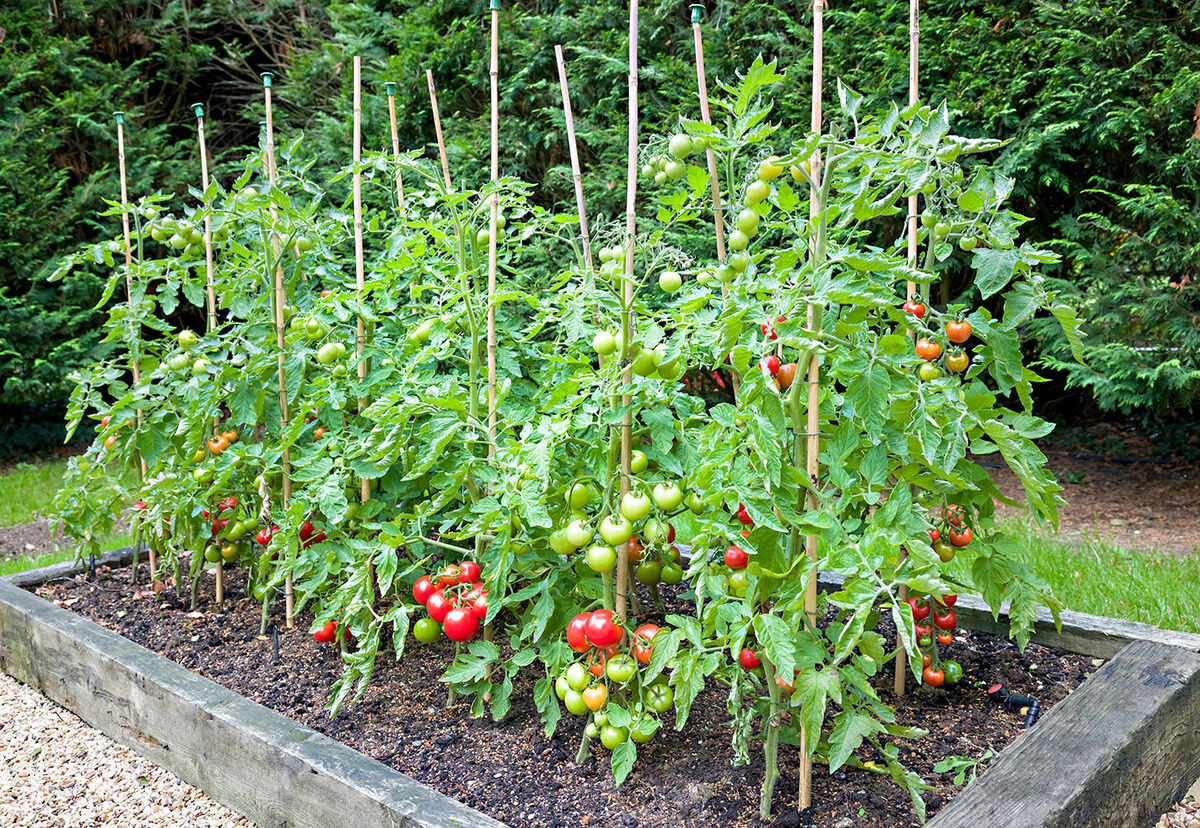
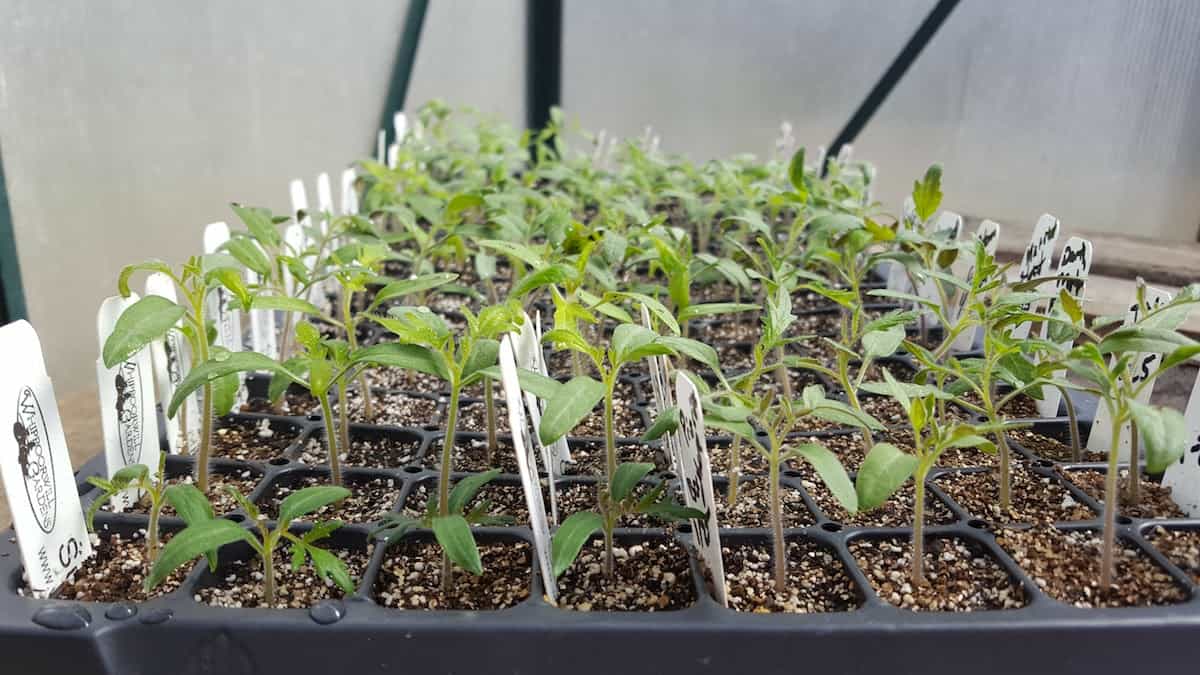
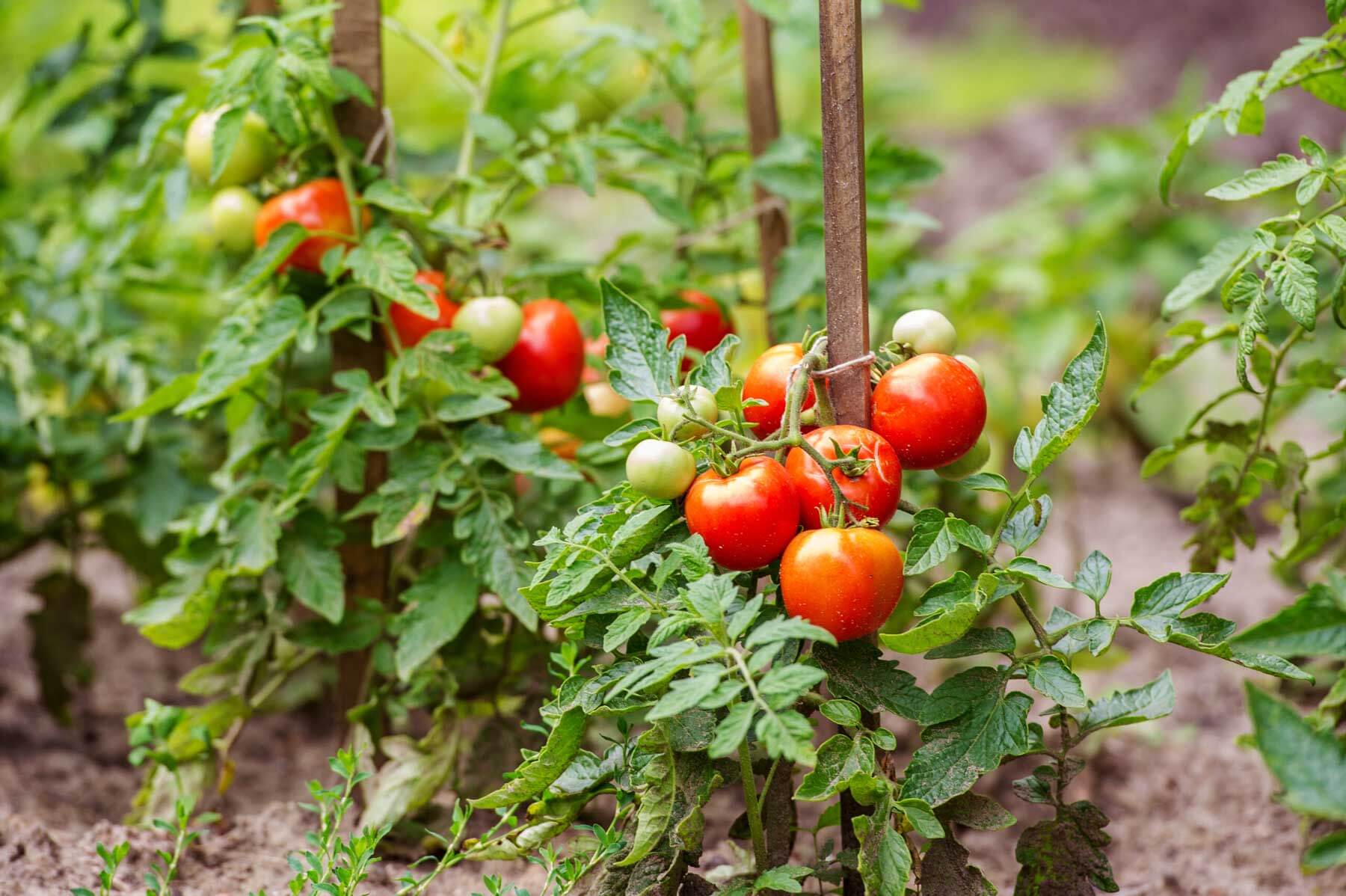
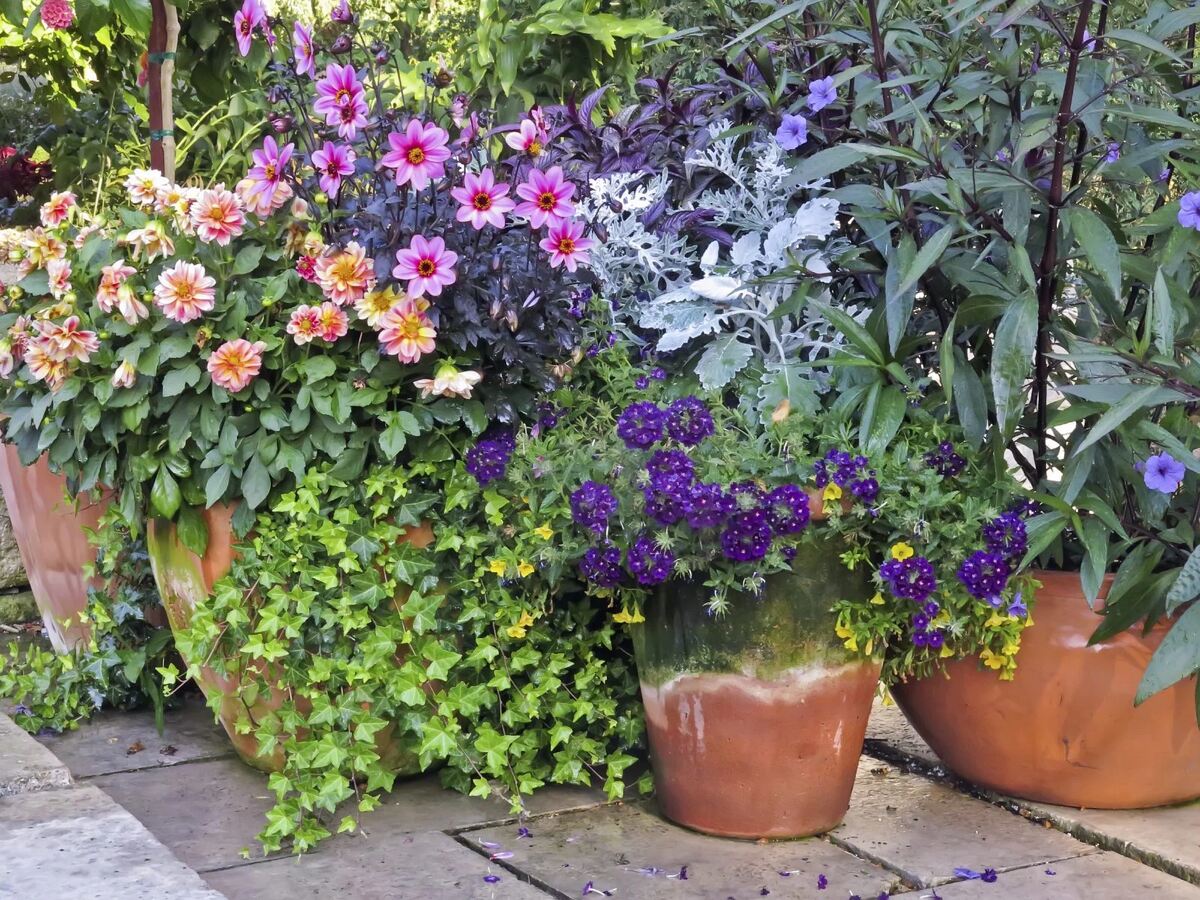
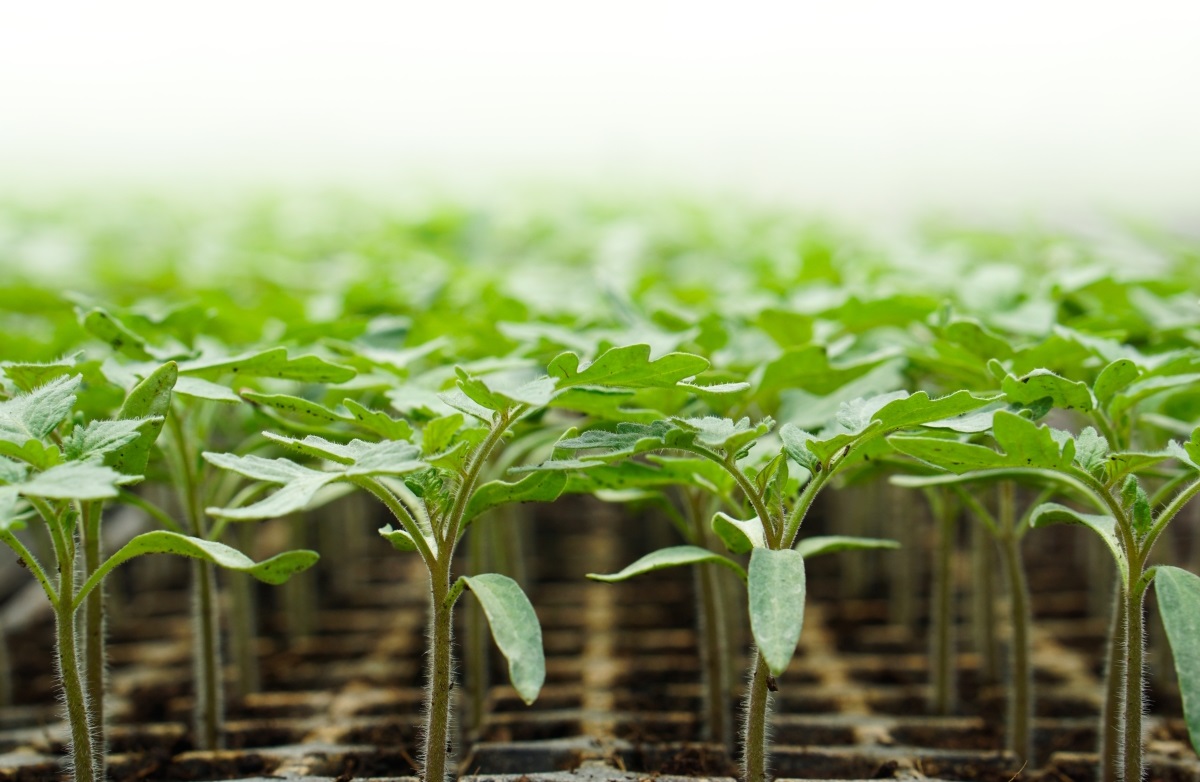
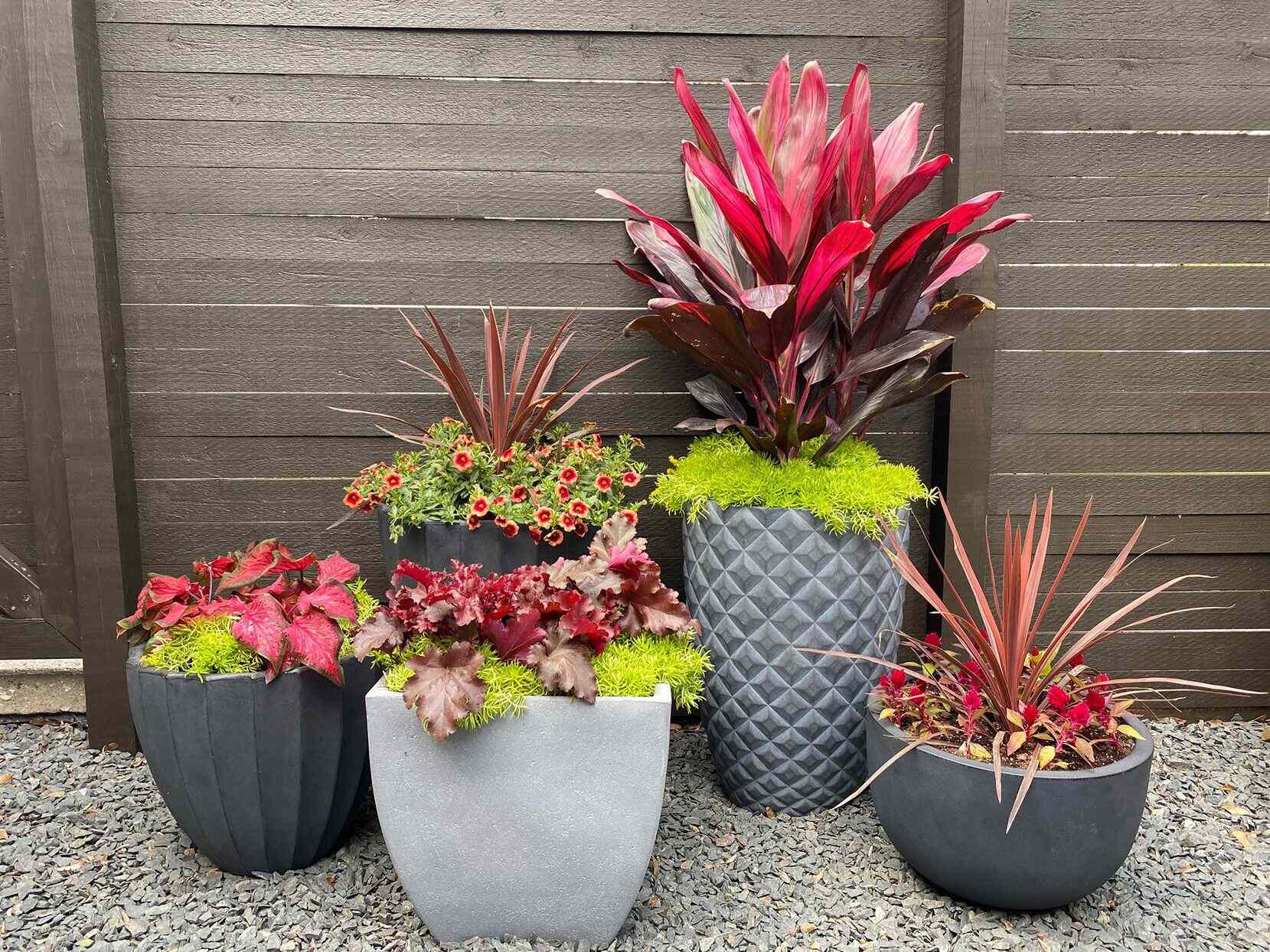
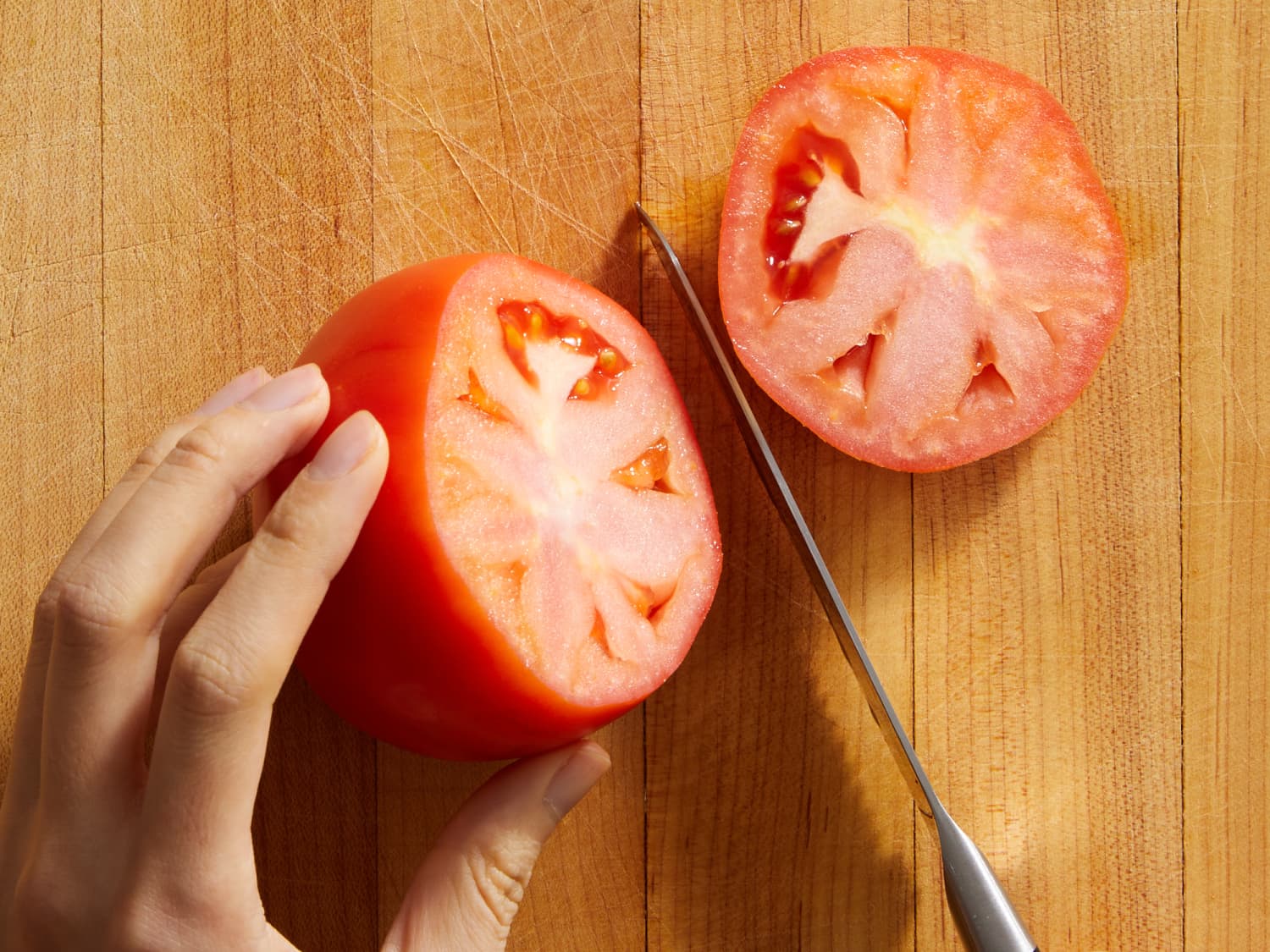
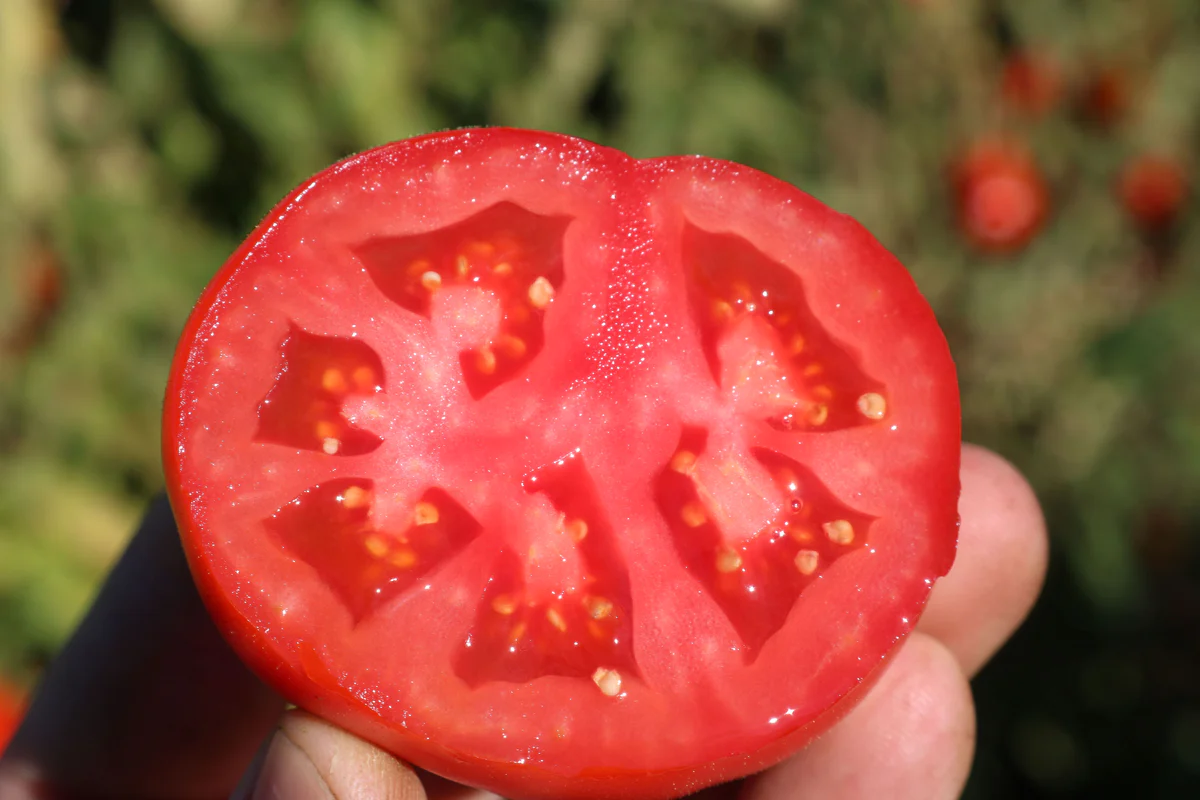
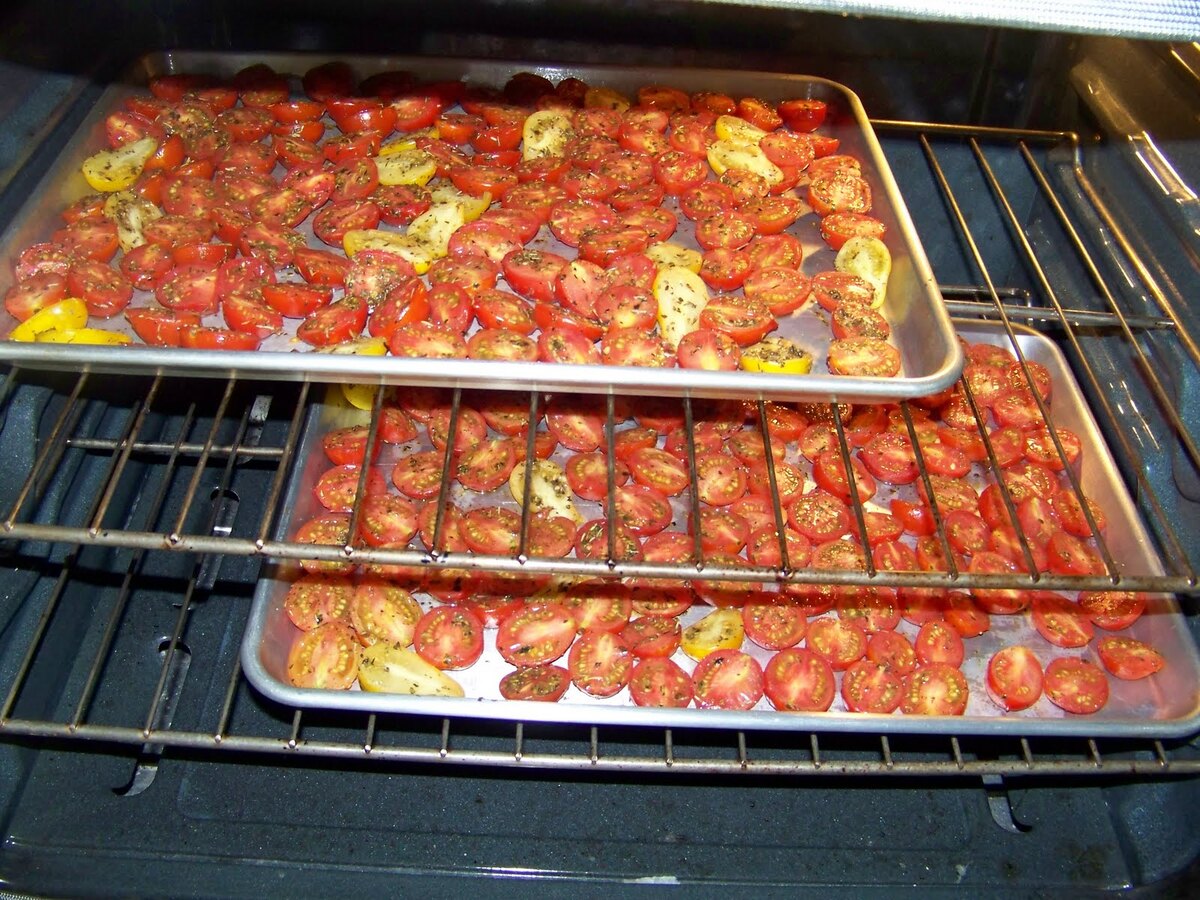

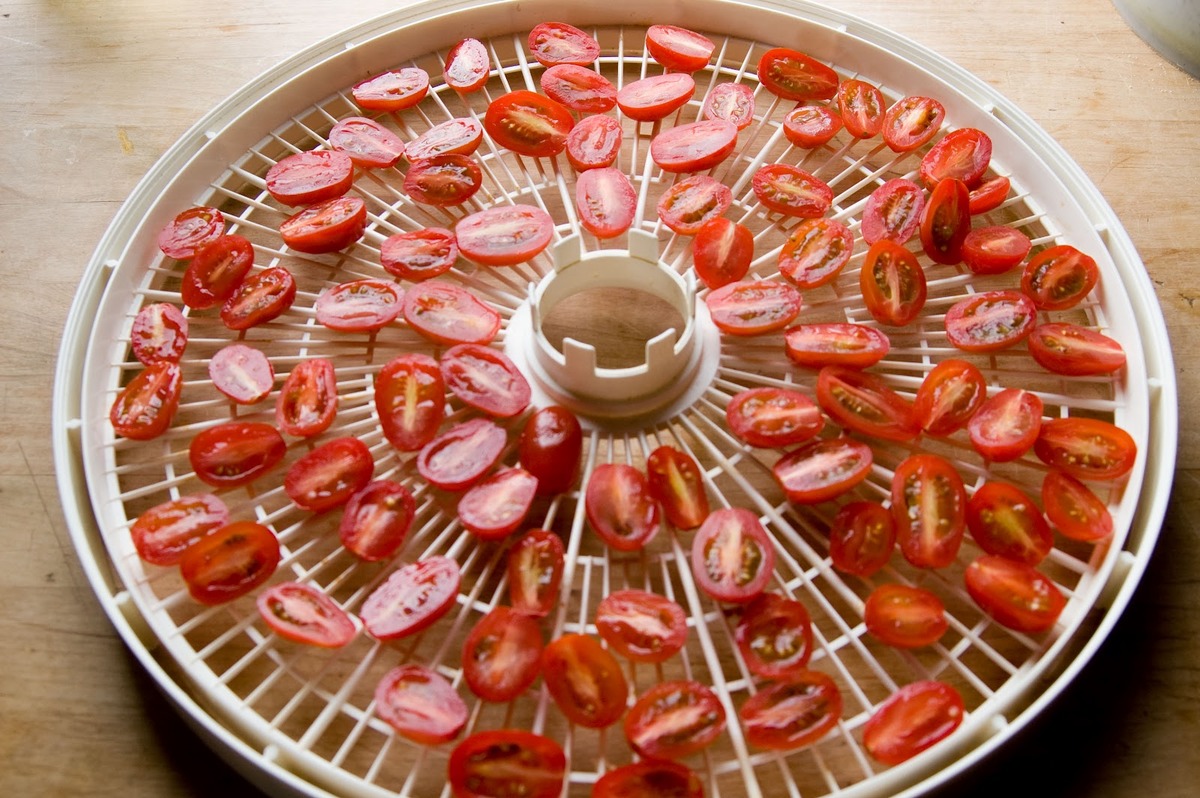

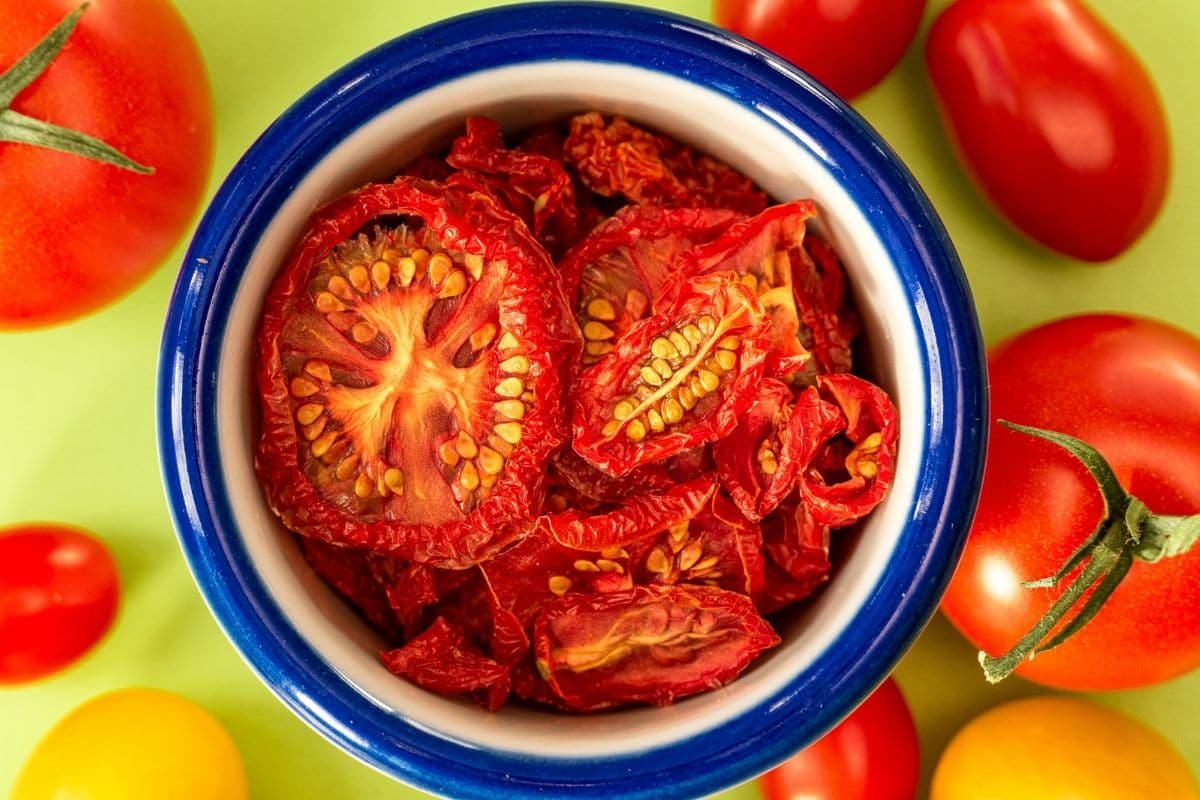

0 thoughts on “How To Plant Patio Tomatoes”